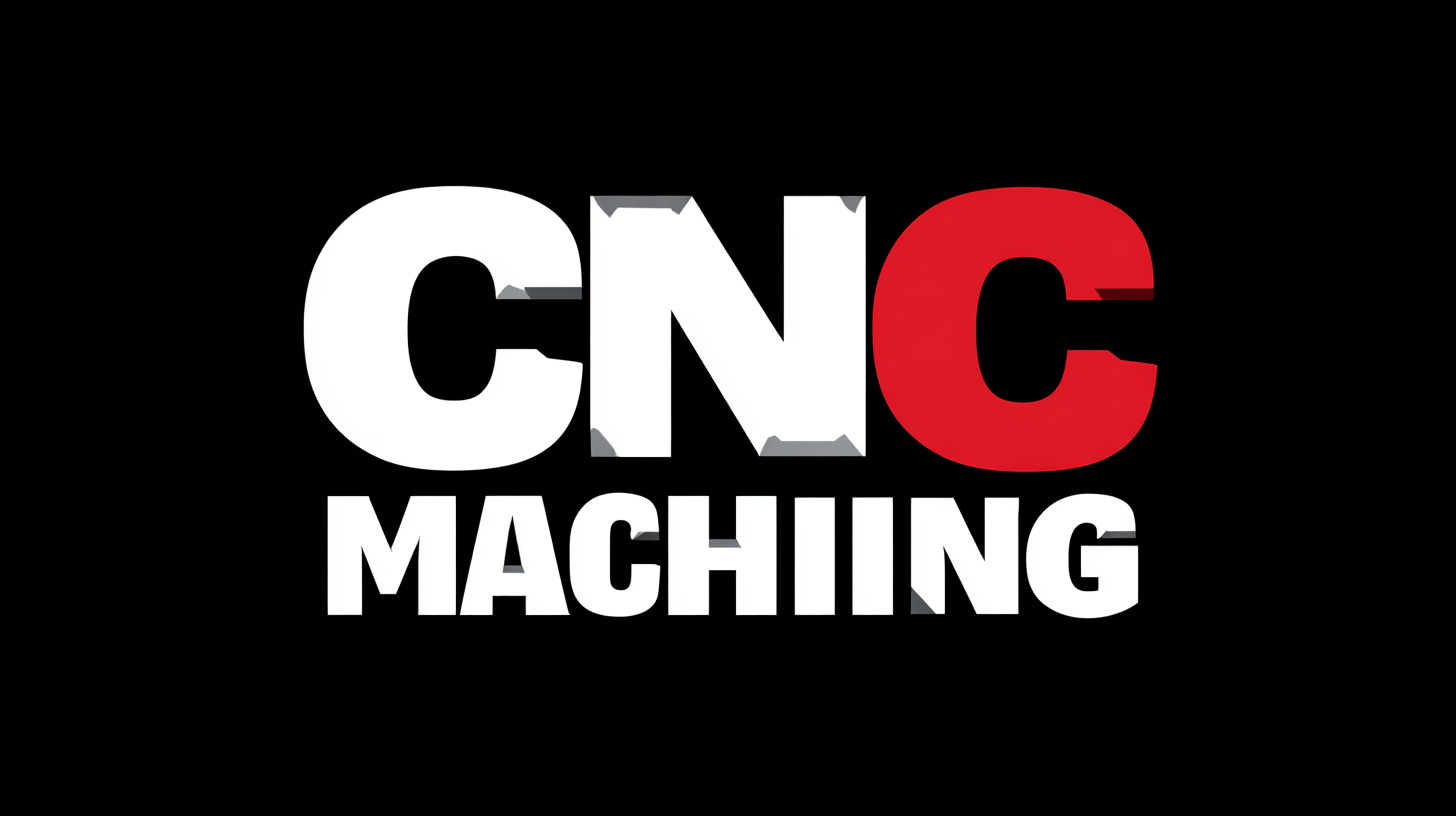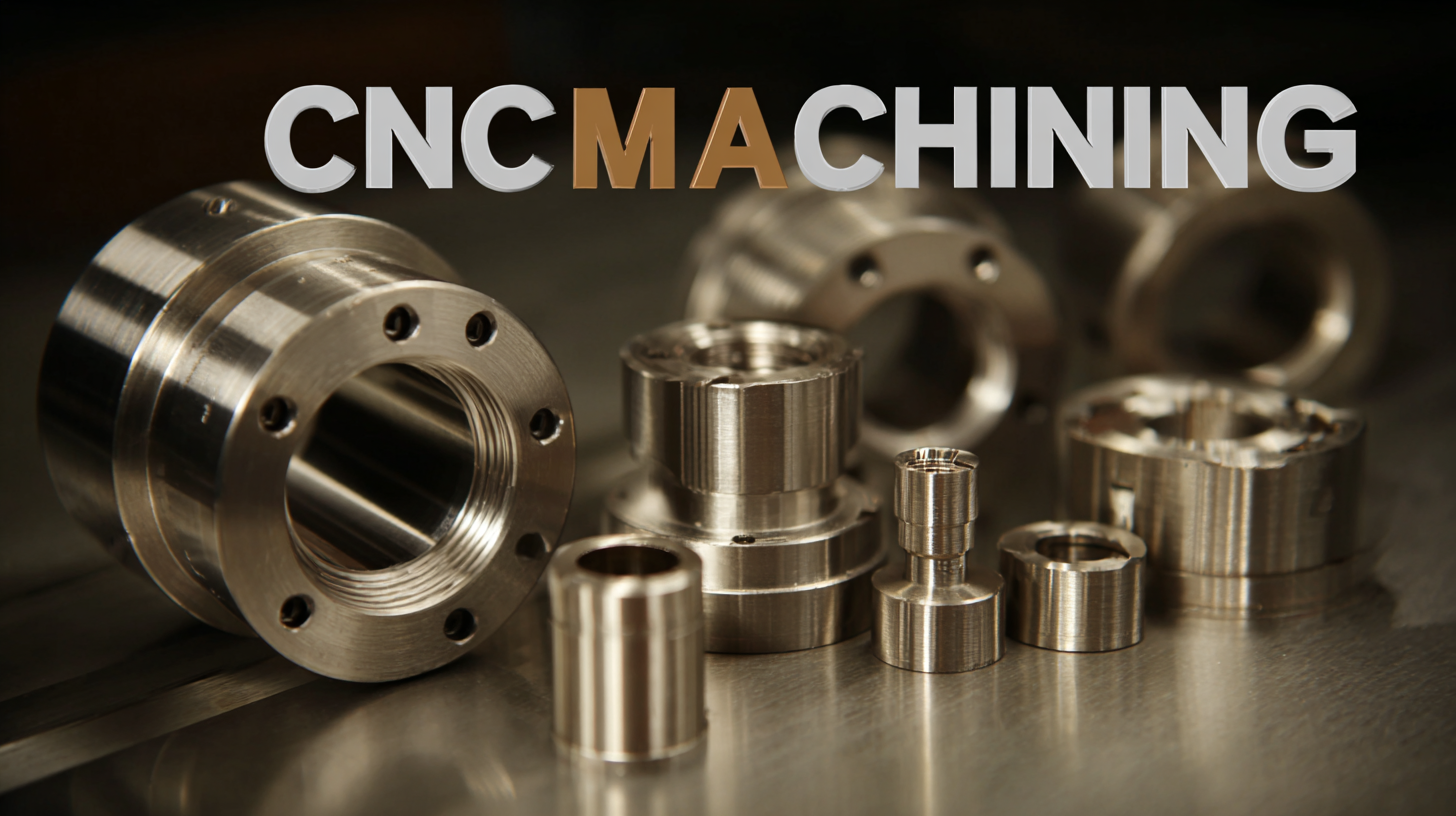Exploring Alternative Options to Best CNC Machining for Global Buyers
As the manufacturing landscape evolves, CNC machining has established itself as a cornerstone technology in precision fabrication. According to a report by MarketsandMarkets, the global CNC machining market is projected to reach USD 100 billion by 2026, driven by rising demand across various industries, including automotive and aerospace. However, with the increasing complexity of designs and the push for sustainable manufacturing practices, global buyers are now exploring alternative options to traditional CNC machining.
This shift not only addresses cost efficiency but also opens avenues for innovative materials and techniques. In this blog, we will delve into these alternative solutions, analyzing their benefits and potential applications, while positioning them alongside the traditional CNC machining methods to provide a comprehensive overview for global buyers seeking to enhance their manufacturing strategies.
Advantages of Traditional Machining Techniques for Global Buyers
When considering the advantages of traditional machining techniques for global buyers, it is essential to recognize their unique benefits that remain relevant even in an increasingly digital landscape. Traditional machining offers unmatched precision and reliability, which are critical for vital industries like aerospace, automotive, and medical equipment. According to industry reports, precision machining can achieve tolerances as tight as ±0.0001 inches, ensuring that components meet exact specifications, which is paramount for safety and performance.
Furthermore, traditional machining techniques provide a tactile approach to manufacturing that digital methods cannot replicate. For instance, in sectors where material properties and surface finish are crucial, such as in the production of intricate mechanical parts, traditional methods allow for better control and inspection during the manufacturing process. According to a recent study from the National Institute of Standards and Technology, businesses utilizing traditional machining show a 15% increase in manufacturing accuracy compared to those relying solely on digital processes. This demonstrates that while digital methods offer efficiency gains, the foundational benefits of traditional machining continue to hold significant value for global buyers looking to maintain high standards in their production lines.
Comparative Analysis of 3D Printing and CNC Machining
In today's manufacturing landscape, the choice between CNC machining and 3D printing has become a pivotal decision for global buyers. CNC machining, known for its precision and ability to handle a wide range of materials, remains a trusted option, particularly for high-volume production. According to a recent report by ASME, CNC machining has an impressive tolerance range of ±0.005 mm, making it ideal for industries such as aerospace and automotive where precision is paramount.
Conversely, 3D printing is gaining traction for its ability to create complex geometries and reduce material waste. A study by Wohlers Associates indicates that the additive manufacturing market is projected to reach $35.6 billion by 2024, reflecting its rapid growth and adoption in sectors like healthcare and consumer goods. Tips for global buyers include evaluating production volume and complexity—CNC is preferable for large batches, while 3D printing is optimal for prototypes or intricate designs.
When considering cost-effectiveness, it's essential to analyze not just the upfront investment but also the long-term implications of material usage and waste. CNC machining can have higher setup costs, but the per-unit price decreases with scale. In contrast, 3D printing has lower initial costs but may be less efficient for large-scale production. Thus, understanding the specific needs of your project can guide you in making the best choice for your manufacturing strategy.

Emerging Technologies: Laser Cutting and Waterjet Machining
Emerging technologies such as laser cutting and waterjet machining are revolutionizing the manufacturing landscape, providing global buyers with efficient alternatives to traditional CNC machining. Laser cutting technology, especially when combined with waterjet systems, enhances precision and versatility in processing various materials. This integration promises a new era of advanced manufacturing tools that cater to a diverse range of industries.
For those exploring the possibilities of these technologies, one key tip is to consider the specific requirements of your projects. Each method has its strengths; laser cutting is ideal for fine details and thinner materials, while waterjet machining excels with thicker or more brittle substances. Understanding which technology suits your application can optimize production efficiency and improve quality.
Additionally, staying informed about market trends and innovations in these fields is crucial. With projections indicating substantial growth in the stone processing machine market and the rise of ultra-high-pressure waterjet systems, buyers should keep an eye on emerging solutions that can enhance their manufacturing capabilities. Engaging with local tech centers or industry events can also provide insights into the latest advancements and best practices in laser and waterjet technologies.
Cost-Effectiveness of Outsourcing vs. In-House CNC Production
In the current landscape of CNC machining, the decision between outsourcing and in-house production remains critical for global buyers seeking cost-effective solutions. Recent trends indicate that in-house manufacturing is gaining traction, as companies discover the benefits of increased customization and efficiency. For instance, firms adopting in-source manufacturing have reported significant boosts in productivity, allowing for greater control over quality and supply chain timelines.
A key consideration in this debate is the cost-effectiveness of each approach. Outsourcing CNC production may appear financially attractive initially; however, hidden costs such as longer lead times and potential communication barriers can erode those savings. On the other hand, recent innovations in in-house capabilities, such as advanced CNC routers and honing technology, have proven to enhance production precision while reducing operational costs. Firms focusing on in-house capabilities are driving down costs by eliminating the need for outsourcing, with some reporting up to a 20% increase in profit margins.
Tips:
- Analyze your specific production needs and volume to determine whether in-house manufacturing could improve efficiency.
- Consider investing in advanced machinery that can streamline operations and enhance product quality, leading to long-term savings.
- Evaluate potential hidden costs associated with outsourcing to ensure that your production strategy aligns with overall business goals.

How to Choose the Right Machining Method for Specific Projects
Choosing the right machining method for specific projects is crucial for achieving optimal results in production. Each project carries unique requirements in terms of material, precision, and throughput, which makes it essential to evaluate various options beyond traditional CNC machining. For instance, if a project demands high-volume production with relatively lower precision levels, processes such as die casting or injection molding might be more effective. These methods can significantly enhance efficiency and reduce costs while meeting production deadlines.
On the other hand, projects that necessitate intricate designs and high precision may benefit from advanced techniques like additive manufacturing or laser machining. These methods allow for greater design flexibility and can produce complex geometries that are often unattainable with conventional machining practices. Additionally, considering factors such as material compatibility, lead time, and budget constraints will help buyers better navigate through the various alternatives available.
By carefully assessing these parameters, global buyers can make informed decisions that align their machining methods with the specific needs of their projects, ultimately enhancing overall productivity and satisfaction.







